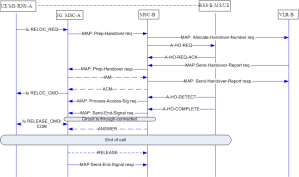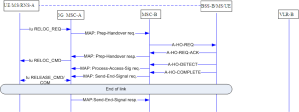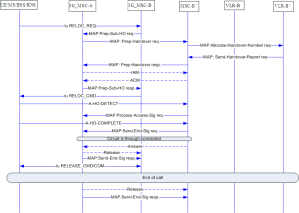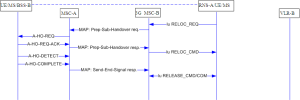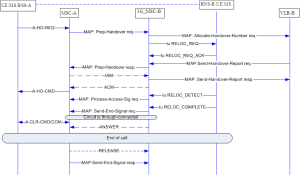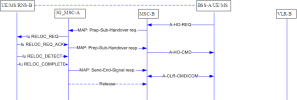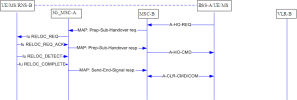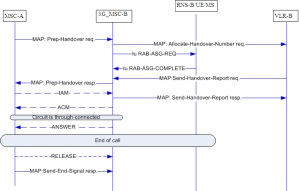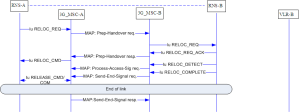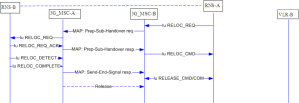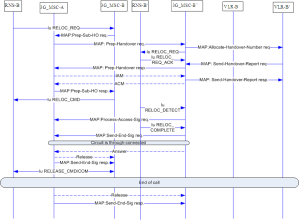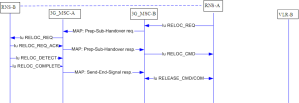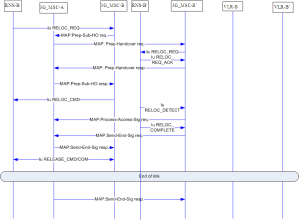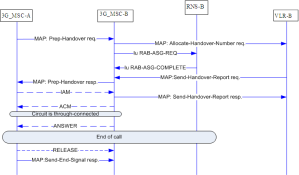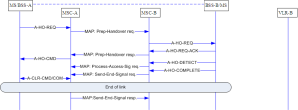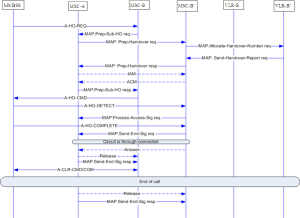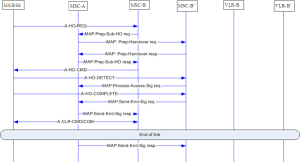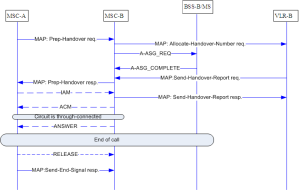1. Some background information
VCC is a 3GPP and 3GPP2 concept referring to the voice call continuity function in the new IP based IMS mobile core and the traditional circuit based mobile core convergence environment. VCC function will not only provide mobile operators the capability of non service interrupting seamless network evolution, but also enable them with new service accessing methods (such as WiFi, wireline, WiMax etc.) and new service capabilities (such as domain transfer etc.).
In both 3GPP and 3GPP2 worlds, there are two major VCC functions, respective the single radio VCC (SRVCC) which addresses the VCC function over the same radio but different air access methods: circuit and packet accesses respectively, and multiple/dual radio VCC which addresses the VCC function over different radio frequencies and access methods such as ordinary mobile access and WiFi/WiMax access etc.
Here we will focus on the comparison between the 3GPP and 3GPP2 multiple/dual radio VCC functions.
2. 3GPP VCC Architecture Reference Model

3. 3GPP2 VCC Architecture Reference Model










